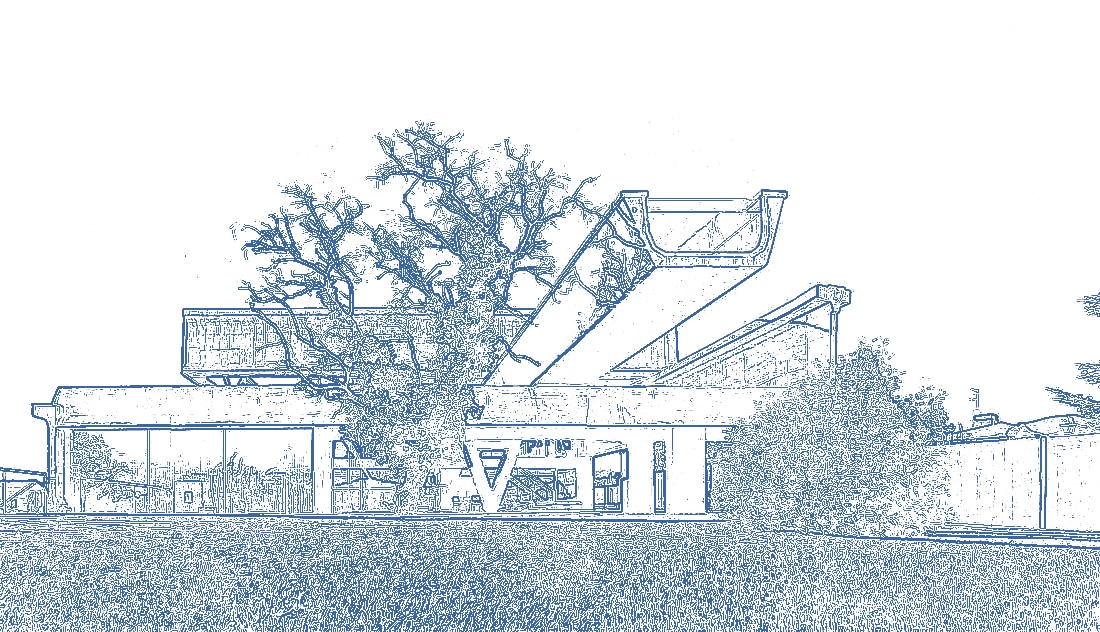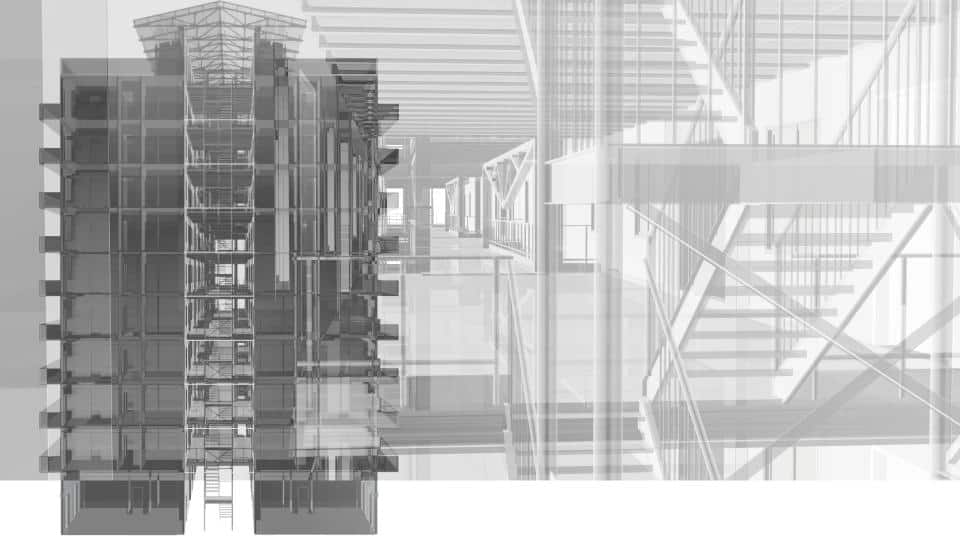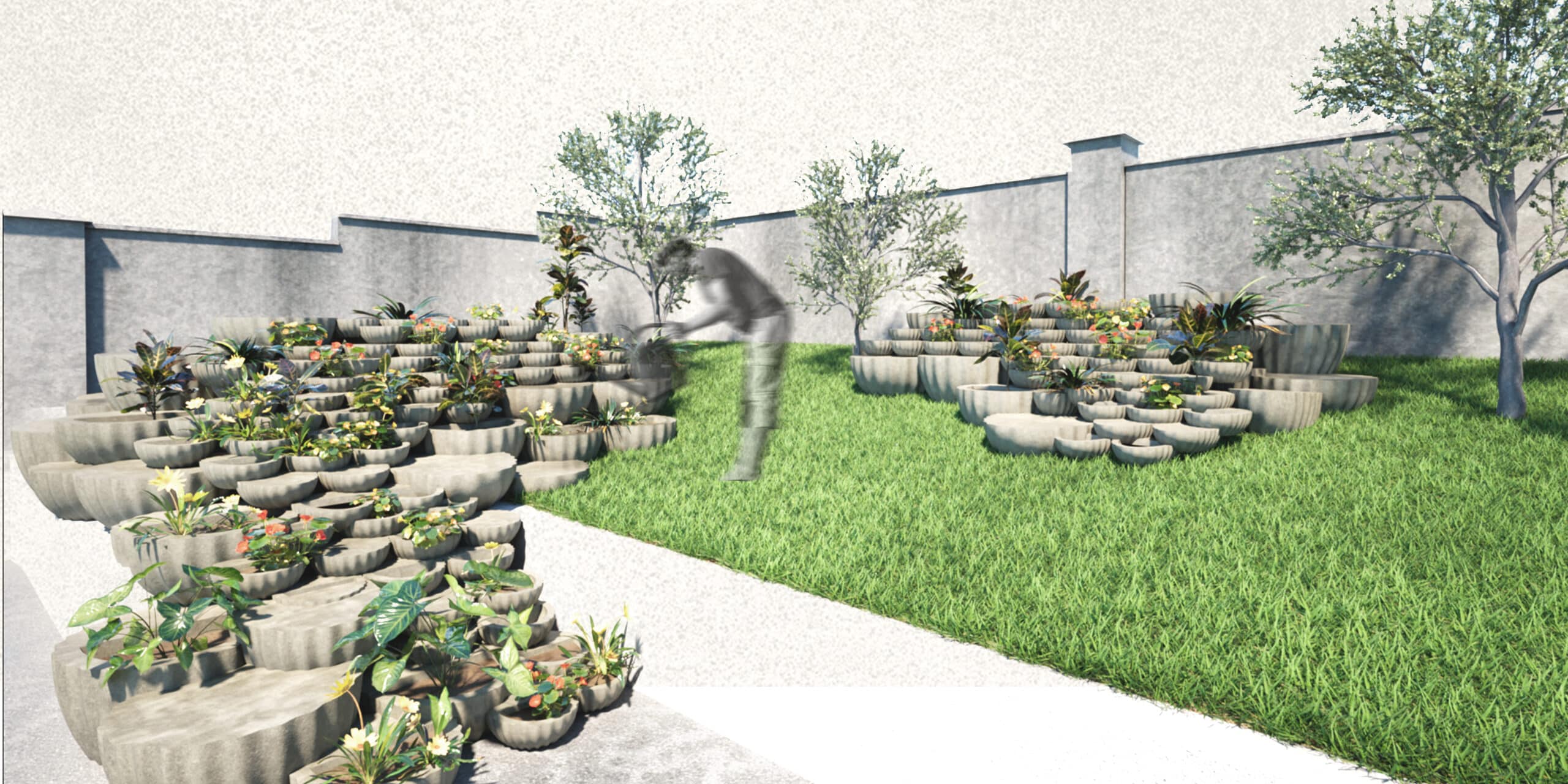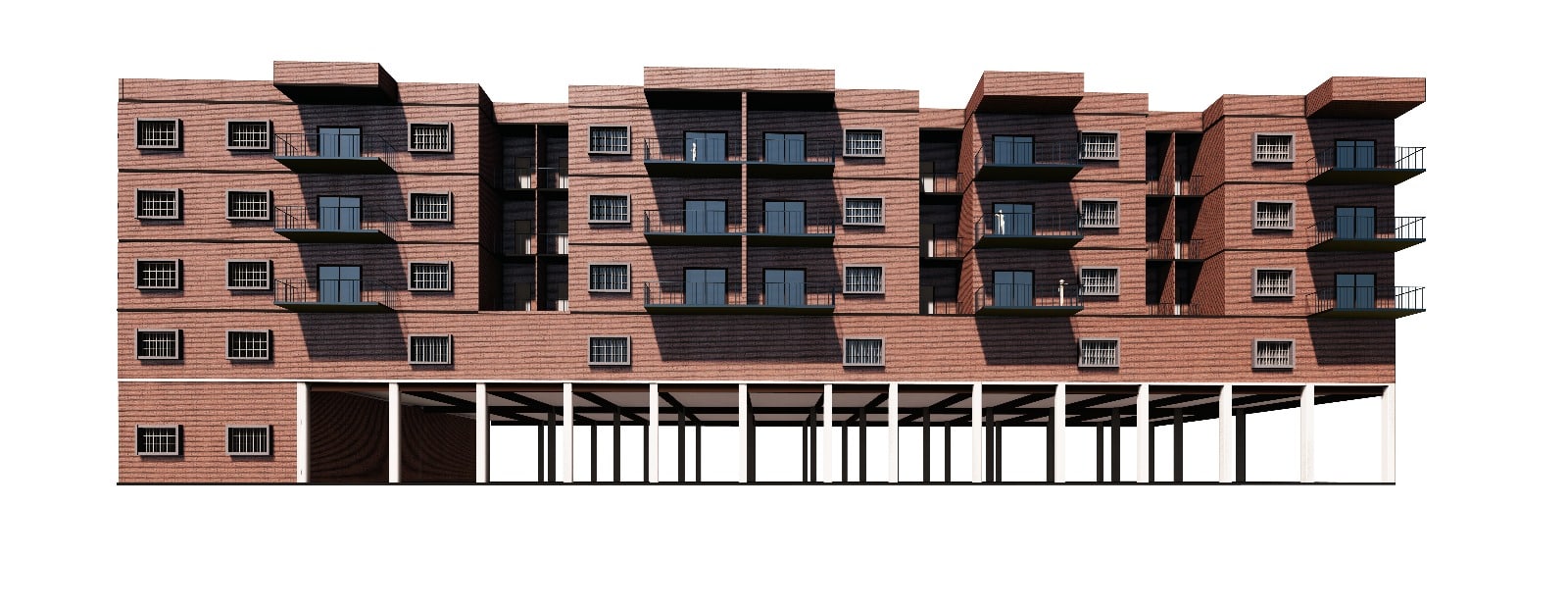
Credits: Material Stories: Steel, Embodied Energy and Design, D.Benjamin. Columbia University GSAPP
We, as humans, have intentionally confined our lives and activities within concentrated urban habitats, shaping a critical urban condition that reflects both our ambitions and our unsustainable practices. Cities, occupying roughly 3% of the Earth’s land surface, are central to contemporary global dynamics. Yet they are not the panacea of creativity and economic vitality they are often portrayed as. In reality, urban areas consume about 75% of the world’s natural resources (UN Environment Programme, 2019) and drive unsustainable patterns of resource extraction and energy use. This disproportionate consumption underscores a deep-seated disconnect between urban lifestyles and the finite, ecologically sensitive systems that support them. Rather than merely celebrating cities as hubs of progress, we must critically interrogate how urbanization intensifies environmental degradation and exacerbates social inequities.
The environmental footprint of cities extends far beyond abstract metrics. Approximately 36–40% of global carbon emissions can be traced to the built environment (World Green Building Council, 2019; IPCC, 2018), with operational energy use accounting for about 28% and embodied carbon for roughly 12%. This substantial contribution to greenhouse gas (GHG) emissions is compounded by urban sprawl, extensive resource extraction, and significant waste generation – each of which directly degrades ecosystems and disrupts local biogeochemical cycles. Moreover, the prevailing linear economic model, characterized by unsustainable extraction and disposal practices, intensifies these impacts. Without a fundamental rethinking of how cities and buildings are conceived within broader ecological systems, these challenges will only deepen, undermining efforts to create socially just and environmentally resilient urban futures.
At the building scale, a critical examination of architecture reveals an intricate ecology of matter, energy, and information that extends far beyond conventional design efficiency. Life Cycle Assessment (LCA) serves as a powerful tool in this exploration, enabling students to trace the full spectrum of material, energy, and informational flows from raw material extraction through construction, operation, and eventual decommissioning. In doing so, LCA exposes the metabolic rift – the fundamental disconnect between viewing a building as a mere static object and recognizing it as part of a dynamic, planetary system. This gap reveals that design must transcend the pursuit of operational efficiency alone; it must integrate buildings into the broader web of terrestrial energy systems. By understanding these complex interactions, innovative strategies emerge that repurpose what is traditionally seen as architectural excess, transforming it from a liability into a valuable resource for regenerative design.
The goal of this course is to introduce students to Circular Economy and Design, Material Flows within the city and the Life Cycle Assessment (LCA) methods and tools for evaluating the environmental impact of building materials and design decisions. From understanding the basics and the manual calculations to advanced professional softwares like One Click LCA, students will learn to assess the Global Warming Potential (GWP) throughout the building’s entire lifecycle, with a primary emphasis on embodied carbon as well as the design decisions that affect operational carbon emissions. The course culminates in a project where students propose sustainable renovation strategies for a chosen existing building within the given neighbourhood, exploring donor buildings and adaptive reuse to minimise environmental impact and to shape more sustainable cities.

Credits: Material Stories: Steel, Embodied Energy and Design, D.Benjamin. Columbia University GSAPP
Learning Objectives
At course completion the student will:
- Understand the basics of the circular economy and design as it relates to the urban context and the built environment, including potential applications and their limitations;
- Be able to map the material flows and their embodied carbon through the lifecycle;
- Be familiar with the Life Cycle Assessment tools and their application within the built environment;
- Be familiar of the environmental impact caused by analysed materials and how to design for reducing it;
- Critically apply a set of strategies to a specific case study;
- Critically assess and challenge the business as usual and conventional norms of the construction industry.








